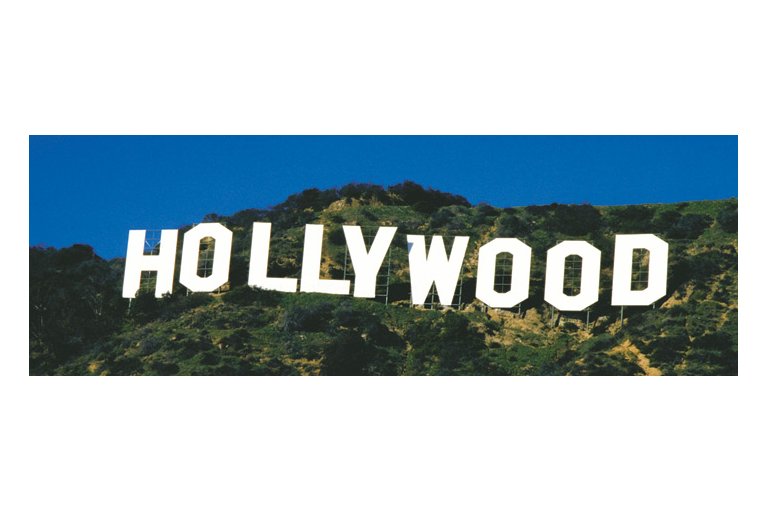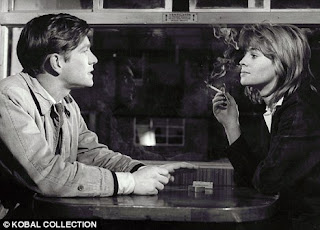What do I need to know about the contemporary UK and US industries?
With regard to the US film industry, the basics of: - the ways in which ‘deals’ are made and projects put into production, including the relative power of stars and directors
- the importance of genre and ‘series’ films
- global marketing and distribution
- conglomeration and its significance
- distinctions between ‘studio’ and more ‘independent’ films
With regard to the UK film industry, the basics of::
- ways in which UK films are financed and production supported
- characteristic types of UK film – including genre
- the marketing and distribution of relatively low budget films
- ways of finding international markets, and the tensions in doing so
- limitations of the UK film industry and policies for addressing these
What should you highlight as important in considering the Star topic option?
Star study has specific elements. Traditionally the distinction has been made between actual person – roles – screen persona – wider media image. Whether studying Julie Christie or Ewan McGregor films it should be possible to explore the interesting tensions across these. However, the topic is more modest in its ambition and, as with the other topics, focuses on narrative and representation.
Here are two questions that can be asked:
• Is the star associated with a particular kind of narrative film?
• Does the star embody particular traits that relate to issues of representation?
What is Swinging Britain 1963 – 1973?
How progressive was Britain in the 60s and early 70s? How far did a social and style revolution
extend beyond the metropolitan areas? To some degree this topic is dealing with a myth of cultural history and possibly inviting the question: how far did cinema contribute to this myth? The time frame of this option begins after the ‘kitchen sink’ new wave of the late 50s and early 60s. The films for this option are nearly all characterised by some radical or transgressive or fantasy element or mark a shift in social and
moral attitudes.
British & American Film – Section C
Historical genre comparison :
Bonnie and Clyde & Natural Born Killers
The work of the best candidates will be distinguished by excellent knowledge and confident understanding of their chosen films and be able to make very detailed and accurate reference to them. In addition there will be a good knowledge of narrative and representation.















